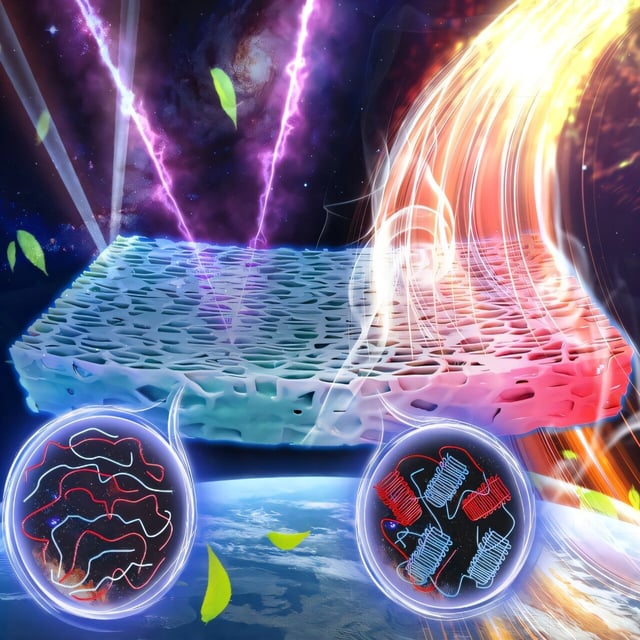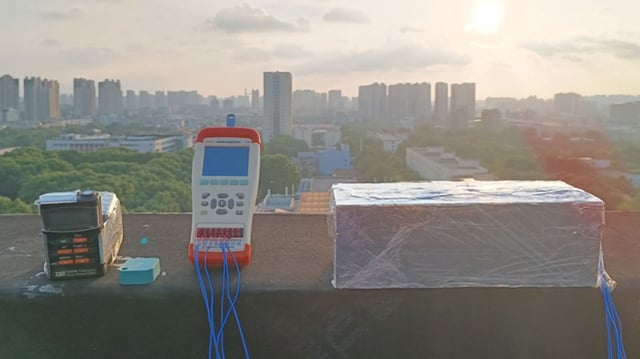Overview
- Constructed from plant-derived polylactic acid through a low-temperature separation technique, the metafilm reflects nearly all solar radiation and passively cools surfaces by up to 9.2°C.
- Tests showed the material retained cooling power of 6.5°C after 120 hours in strong acid and the equivalent of eight months’ UV exposure, confirming its durability.
- Simulations indicate applying the film to buildings could reduce annual cooling energy demand by up to 20.3% in cities such as Lhasa, China.
- Researchers published their findings in Cell Reports Physical Science on June 24, 2025, detailing the film’s structure, fabrication and performance metrics.
- The development team is now pursuing large-scale manufacturing and exploring applications in transportation, agriculture, electronics and biomedical cooling.

